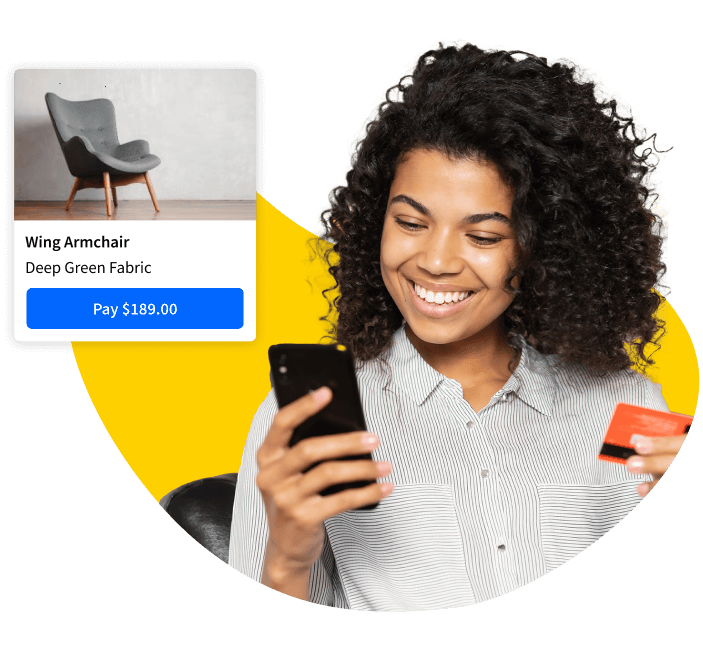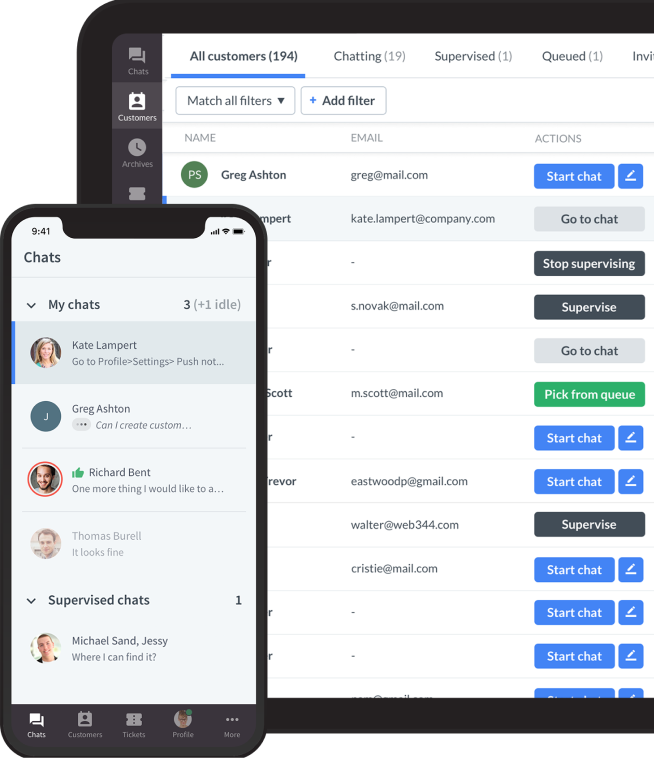
Customer experience has evolved into a strong differentiator among businesses of all kinds and functions of today’s age. According to research conducted by Walker Information, customer experience will overshadow price and product as the primary brand differentiator by the year 2020. There’s no doubt about it – delightful customer experiences are what bring them back, time and time again.
Modern businesses are not immune to the idea of customer experience either. As more and more businesses compete to offer better experiences to their customers, an increase in customer expectations continues to see meteoric growth.
More and more customers today crave friendly, informed service from their service providers. Not acknowledging these customer expectations is a clear recipe for disaster – ignore your customers’ new expectations and your business reputation may end up getting tarnished as well.
Customer expectations
Most customers expectations tend to revolve around:
1. Availability: Your customers expect you to be present for them whenever the need arises, either virtually, or practically.
2. Advice: Every customer who visits your website, expects you to advise them on the products or services they choose. In most cases, a customer will describe their requirement and expect you to provide a suggestion, a feasible solution.
3. Accuracy: Accuracy, in terms of product and service details, is one of the most basic customer expectations.
4. Alternatives: It’s hard to satisfy the modern customer, as they are spoilt with an abundance of choices and alternatives, and this makes one of the most significant elements of your customers’ basic expectations.
So how do you figure out your customers’ needs, fulfill their expectations, and deliver a delightful experience that continues to drive customer loyalty?
In this post, we’ll look at 3 SaaS tools that can help businesses connect better with their customers in this era of endless options.
Live Chat Software: Better Availability, Advice, and Alternatives
A live support system allows businesses to be available 24/7 to your customers. Being there for your customers every time they need you, not only fulfills their primary expectations of availability, but also that of advice.
Imagine a customer stuck on the pricing page of your website, not able to decide the best plan for his business. Advice is merely a click away with a live chat solution available on the website. No more painfully long queues waiting for the phone support to pick up, or frustrating delays waiting for the email support to respond back.
Not only is a chat agent able to help the customer decide on the right package, but can also help with alternatives based on his requirements.
And while the quality of service is important to your customers, so is the speed. Problems, errors, and bugs with various products and services are unavoidable. These glitches can often prove to be irritating and costly to consumers.
But what makes matters worse is the delay in resolving these issues. Customers tend to get really upset if it takes longer than expected for their issues to be sorted out. Businesses, on the other hand, can manage customer service expectations by either providing these consumers with a speedy resolution or at the very least, keeping them updated on the task progress.
And since live chat allows businesses to address the customers’ immediate need for quick resolutions to problems, it’s an irreplaceable tool for fulfilling customer expectations. You can also give it a try by kicking off our 30-day free trial and starting delivering fast and efficient customer support.
Knowledge Base Software: Better Availability, Advice and Accuracy
As the customers’ service expectations continue to evolve and the number of service request channels continue to grow, businesses are beginning to realize that their support executives are increasingly challenged to deliver accurate information in real time.
By providing your support representatives with correct information in the form of a readily accessible knowledge base and, at the same time, offering your customers a searchable self-service portal, you’ll be right on the track to meet your consumers’ evolving needs and expectations.
A knowledge base is an online repository of information about a product, service, application, or department that is designed to provide self-serve help.
As businesses all around the globe are witnessing a growing demand for self-service functionality, especially coming from their consumers, in addition to their primary support channels, knowledge bases have started to play a large part in helping them meet this demand.
A customer-facing knowledge base, when provided in addition to other core customer service channels, can lead to a significant boost in customer satisfaction.
These knowledge bases provide extra help and choice to customers looking to self-serve, significantly improving perceptions of service quality, while potentially eliminating extraneous resource required in the form of support agents required to answer repetitive customer queries.
A report from Forrester has found that the use of FAQ pages is on the rise, going up from 67% in 2012 to 76% in 2014. Not only this, the report also found that the phone call usage saw practically no growth, remaining stagnant at 73% — proving, beyond a plethora of doubt, and almost conclusively, that customers prefer to visit FAQ pages for help rather than they turning to live agents.
The same study clearly underlined the importance of meeting customer expectations continually. Self-service channels, either customer- or employee-facing, can provide an effective framework for consistency and positive differentiation of service.
Help Desk Software: Better Advice and Accuracy
Quality customer service, available 24/7 is crucial for customer satisfaction. An efficient help desk ticketing system is a powerful and streamlined solution that allows your support agents to provide excellent customer support and assistance within reasonable SLAs (Service Level Agreements).
A help desk software solution can efficiently automate the complete cycle of resolving your customer’s issues or service requests accurately and proactively.
A good help desk solution provides businesses with a one-stop solution for all customer support queries, service requests, complaints, and assistance requirements.
It enables your customer support team to handle all customer complaints and requests from a single place without any confusion, thus improving the quality of assistance and support provided to the customers – a key requirement for earning customer satisfaction.
A happy and loyal customer, whose expectations are always fulfilled, will have no qualms turning into an evangelist and recommending your brand to others. It would help you build a strong brand image and good reputation in the competitive market.
Conclusion and Next Steps
Businesses looking to handle customer expectations better while improving the experience they provide, can choose one or all of the tools we talked about in this article: live chat, knowledge base, or a help desk. All of these tools are available as SaaS services and offer several benefits. In order to ensure that you reap the most benefits from these tools:
Identify the problem areas in the way of your customers’ expectations: It’s best to begin by identifying the areas where you’re facing the most problems—the areas that trouble your customers the most. Start by digitizing this support channel and augment it with an appropriate SaaS tool.
Review: Review your current self-service tools and strategies. Are they helping or hurting your ability to connect with your customers and offer them with a delightful experience?
Shop for a suitable solution: Once you have identified which support channel needs to be added, or, improved, start looking for solutions that fit your requirements. You can start by checking out the top rated and reviewed SaaS based solutions online.
Get a demo: It won’t hurt to get a support agent take you through the application demo, especially when it’ll help you address your unique requirements. Most companies offering these tools have a free trial and a demo available that you can use to pick the best solution for your business.
Get a glimpse into the future of business communication with digital natives.
Get the FREE report






